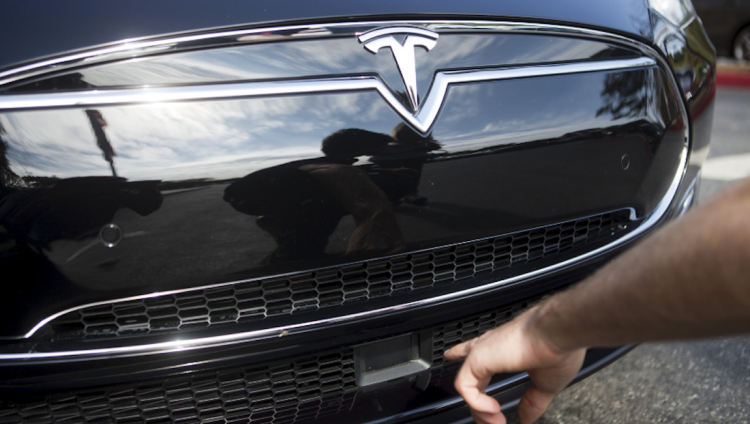(Reuters) — Mobileye broke ties with Tesla Motors because the Silicon Valley firm was “pushing the envelope in terms of safety” with the design of its Autopilot driver-assistance system, Mobileye’s chairman said on Wednesday.
“It is not designed to cover all possible crash situations in a safe manner,” Amnon Shashua, who is also chief technology officer at the Israel-based maker of collision detection and driver assistance systems, told Reuters.
“No matter how you spin it, (Autopilot) is not designed for that. It is a driver assistance system and not a driverless system,” he said in an interview.
The safety of Autopilot, which helps drivers stay in lanes and steer on highways, was thrust into the public spotlight after a fatal crash involving a Tesla Model S driver using the new technology in May. Tesla said in a blogpost after the accident that “neither Autopilot nor the driver noticed the white side of the tractor trailer against a brightly lit sky, so the brake was not applied.”
A Tesla spokeswoman said Wednesday the company had never described Autopilot as an autonomous technology or self-driving car.
“Since the release of Autopilot, we’ve continuously educated customers on the use of the features, reminding them that they’re responsible to keep their hands on the wheel and remain alert and present when using Autopilot,” the spokeswoman said. “Drivers must be prepared to take control at all times.”
However, drivers using Autopilot were able to take their hands off the wheel at highway speeds for several minutes at a time. YouTube videos proliferated soon after the system’s launch last fall showing Tesla drivers driving hands-free, prompting Musk to express concern about drivers doing “crazy things.” The company in January said it was modifying the system.
An unusually public rift
On Sunday, Tesla said it would update Autopilot to make it more difficult for drivers to ignore warnings to keep hands on the wheel and other changes that Musk said would probably have prevented the fatality in May. Musk said Sunday as drivers became familiar with the system, they tended to ignore audible warnings to retake the wheel.
Still, Musk said the revised system will allow a driver’s hands to be off the wheel for up to three minutes while following a car at highway speeds.
Shashua’s comments escalate an unusually public rift in an industry where suppliers and automakers rarely speak ill of each other in public. After Mobileye announced its break with Tesla in July in the wake of the fatality, Tesla said in a statement that Mobileye could not keep pace with Tesla’s product changes.
“Our parting ways was inevitable,” Musk told a press conference in late July.
Shashua said the company had reservations about the mixed messages from Tesla about Autopilot – both boasting of its capabilities while cautioning that drivers needed to keep their hands on the wheel – especially after watching Tesla’s response to the Florida crash.
“Long term this is going to hurt the interests of the company and hurt the interests of an entire industry, if a company of our reputation will continue to be associated with this type of pushing the envelope in terms of safety,” he said.
The company counts as customers 27 automakers for its collision detection systems, which represent around 70 percent of the current market.
Tesla and Musk have also said the Florida death was the first known fatality involving a car operating on Autopilot in 130 million miles of driving, and have contrasted that to the average of one death every 60 million miles of driving by vehicles worldwide.
(By Eric Auchard and Tova Cohen. Additional reporting by Paul Lienert and Joe White in Detroit and Alexandria Sage in San Francisco; Editing by Greg Mahlich and James Dalgleish)
VentureBeat's mission is to be a digital town square for technical decision-makers to gain knowledge about transformative enterprise technology and transact. Learn More

